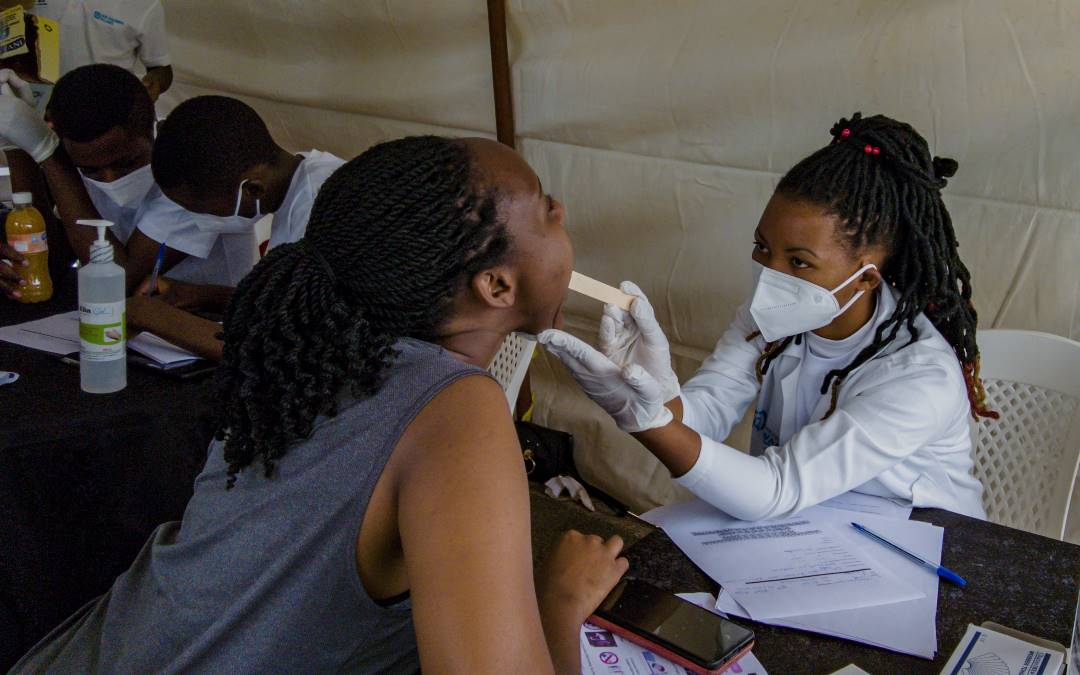
Nurses check for oral diseases during an Oral Health campaign in Kigali
The regional nurses meeting held in Kigali on March 22 discussed ways the nurses and midwives can contribute to the universal health coverage targets.
The meeting bringing together national nurse organizations from Rwanda, Tanzania, Malawi, Zambia, and Zimbabwe discussed strategies in implementing the World Health Organization (WHO) Global strategic directions for nursing and midwifery (SDNM) 2021-2025 guideline (Education, Jobs, Leadership, Service delivery).
Until 1994 Rwanda had less than 400 registered nurses but the number has grown exponentially to over 13,500 as of 2023 serving 13.2 million Rwandans.
Nurses and midwives are the backbones of health service. They are key to achieving Universal Health Coverage and Sustainable Development Goal 3.
Lill Sverresdatter Larsen, President of the Norwegian Nurses Organization and Head of the Nordic Nurses stated that Rwanda needs to invest in capacity, job availability, and leadership roles in the nursing and midwifery profession since they constitute about 65% of all licensed health professionals.
The Permanent Secretary of Rwanda Ministry of Health, Zachee Iyakarenye said that Rwanda assured nurses that the government recognizes their effort in contributing to public health and the next plan is to multiply the number of nurses by fourfold.

PS Iyakaremye addressing regional nurses
“To meet the required standards and serve the population, we need to multiply the nursing workforce by four by training more by 2030,” Iyakarenye said.
Andre Gitembagara, the ICN Africa region representative and chairperson of RNMU said that to meet the target, Rwanda should reduce the cost of training a nurse or a midwife (about Rwf12-15million), to increase the nurse employment budget, to create nursing jobs as a strategy to retain practicing and new graduates.
Though nursing is a call to service, Gitembagara stated that the workload of nurses needs to be reduced and levelled from the current 60 hours to 45 hours as required by the Rwanda labor laws.

